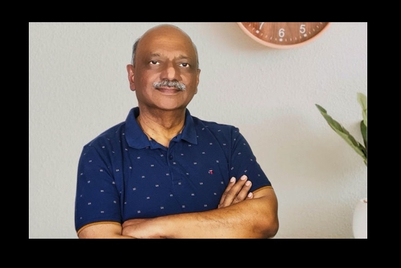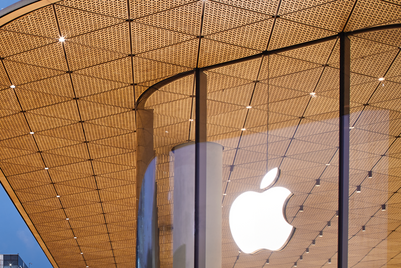
We bid adieu to Section 377 in a landmark Supreme Court ruling quite recently. We celebrated, tweeted about it and posted rainbows on our timelines. We were finally moving towards a more inclusive country!
The day after the verdict was a magnificent one – I saw all my timelines flooded with brand after brand with unique one-liners and hashtags coming out in support of the verdict. It was a great way to capture the moment. Unfortunately, the moment remained as just that – a moment.
Brands, at this point, need to ask themselves – are we doing enough? What have we really done apart from a few posts to truly support this community?
India is home to more than 55 million LGBTQI adults1. Are we making products tailored to them? Are we including them in our messaging? Are we offering services keeping them in mind?
One of the few conversations that started doing the rounds due to its increasing significance to our country is that of ‘Pink Economy’. This conversation needs to gain more traction – not just for moral reasons but also economic. Simply put, the ‘Pink Economy’ refers to the economic power of the LGBTQI community (which shouldn’t be taken for granted). Industries from fashion, real estate to tourism can bring in millions of dollars more to our economy if we just reached out to this community.
All we have to do, as marketers is:
Talk to them. Pay attention to them. Cater to them.
One of the few brands that have been able to take a stand and capitalise on the ‘Pink Economy’
is the Lalit Suri Hospitality Group. By catering to this community through their nightclub, Kitty Su,
they’ve been able to tap into a target segment that is largely ignored and side-lined, thereby attracting thousands of consumers on nights designated to this community.
Marketers and brands have a great responsibility bestowed upon them – of a whole community. Interacting directly and equally with the LGBTQI can give them a chance of reaching out to a much wider and diverse audience than they expect. The faster they’re included by brands, the more additional business they can bring. There are several ways for marketers to bring about inclusivity in our marketing:
• Inclusive messaging
Brands like Anouk from Myntra and FastTrack are among a few that have flirted with including the LGBTQI in their communication. What needs to be noted here is that Anouk is a sub-brand of Myntra and FastTrack is already marketed as an edgy brand, hence the conversation. It’s time that mainstream, ‘for all’ brands take the conversation forward by ensuring diversity and inclusivity rather than making this segment seem too niche to pay attention.
• Inclusive representation
This is one of the first things that can be actioned by industries from any genre – ensuring equal employment, opportunities and benefits for the LGBTQI. Not just internally but also in advertising for the whole world to see. When a fashion brand hires a transgender model, not only does it speak volumes about the progressive nature of the brand, but also endears the brand to a massive audience of 55 million.
• Inclusive services
To truly be an inclusive organisation/brand that goes beyond token company-wide emails, it’s essential to make customized services to show the LGBTQI that you care. Banks can ensure loans and joint accounts are provided without discrimination, hotels can open doors to same sex couples, apartments can be leased without bias – the list can be endless.
"Inclusion is about culture and culture is something we all collectively own and build.” Hence, before the rainbow logos and the high of decriminalising Section 377 fizzles out, brands need to take the onus upon themselves to move beyond the lip service of Instagram and Twitter. The LGBTQI is a community that brings value to the table in several ways, but we need to ensure we’re sitting on the same table as them.
(The author is strategic planner, Rediffusion.)


.jpg&h=334&w=500&q=100&v=20250320&c=1)
.jpg&h=334&w=500&q=100&v=20250320&c=1)


.jpg&h=334&w=500&q=100&v=20250320&c=1)

.jpg&h=334&w=500&q=100&v=20250320&c=1)


.jpg&h=334&w=500&q=100&v=20250320&c=1)







.jpg&h=268&w=401&q=100&v=20250320&c=1)
